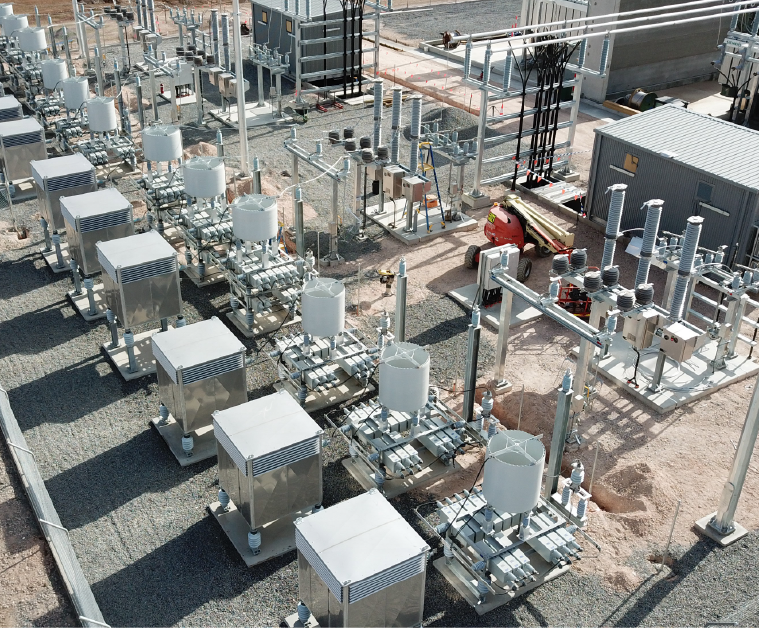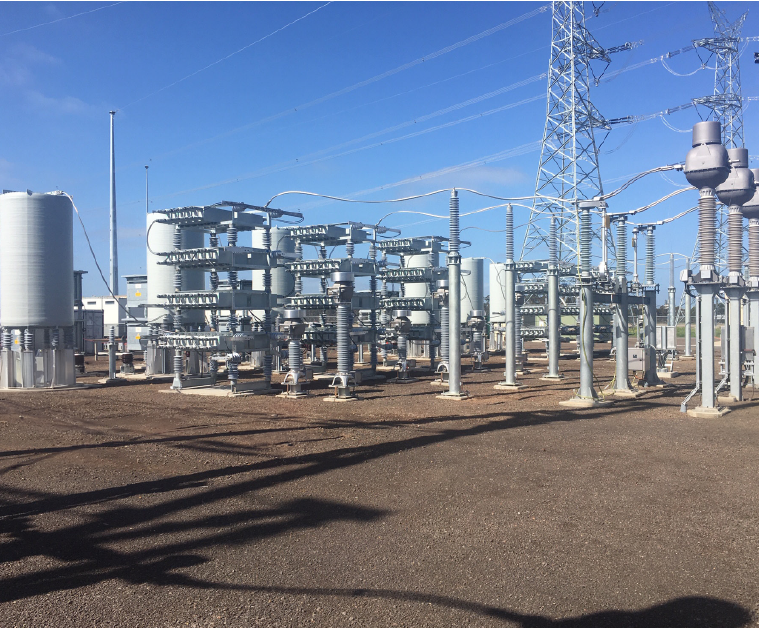
Power quality solutions
you can trust.
Welcome to Optimised Network Equipment
Our approach is to be with you every step of the way from problem identification to long term support of equipment in service. Your industry is interesting to us, and our experience allows us to be closely involved in all or any one of the stages of a solution cycle.
We are power system engineers and specialist suppliers of equipment. We have extensive experience in power quality and energy measurement, we conduct network analysis using the most advanced software, and our product and system knowledge enables us to design realistic, cost/benefit optimised solutions for you.
We can manufacture to your specification, carry out site installation and testing to prove the performance and correct operation of our solution, and we will support your use of the equipment throughout the life of the equipment.
Services
We improve our clients’ power systems by providing specialist products and services.
Services include desktop studies for harmonic compliance assessments and filter key specifications, site measurements, detailed design of primary and secondary systems, installation and commissioning and whole of life product support.
Products
We design, supply, test, deliver, install and commission power quality solutions.
From extra high voltage shunt capacitor banks and mechanically switched damped capacitor networks, series current limiting reactors, shunt reactors, to medium and low voltage harmonic filters, capacitor banks, neutral earthing reactors.
Featured products
Featured products

Medium voltage filters
Outdoor open type and outdoor enclosed harmonic filters from 1 kV to 33 kV, in practical arrangements from single tuned to damped C-type filters, specially designed for your application.

High voltage harmonic filters
Detuned shunt capacitor banks and damped harmonic filters for application in transmission and sub-transmission systems, designed and supplied to the highest standards by our global team.

Air core shunt reactors
Cost-effective, low loss, easy-to-transport and simple to erect and maintain with no oil containment requirements and no risk of saturation. Available from medium to extra high voltage applications.
Welcome to Optimised Network Equipment
Elibusdae eaque ium quiae autecum re, que et que prerchicid molorepel experestia qui od ut aut quist, ium, volestibus sed excerit, simpos a del in nit everrum qui re es si consequibus. Luptaqu undunt vero qui dolut fugia volorio. Ut volecup tatur? Elia eos quat dolupiendit ent, offic tem volor aboratem volorion eiust, tem aut es vellestiis estota quo que sus, aut et pero magnitat fugiaspient ut pedic tempore ritibernam quas quid quis dolume etur sa cone non prem ex excerna tibus.
Labor ehenitatem idi dolorem dolupta volum laut et id esequi doluptae int eos aut et enit adio odi dolenia ntiasitaecus voluptas acerit quas sollori dolo cusa siti untio. Evelit laboriam, coribusae culliqui corum eaturibus magnimu samendit.
Services
Our purpose is to improve our clients’ power systems. All our products are selected around this goal and we support this by providing specialist services.
Labor ehenitatem idi dolorem dolupta volum laut et id esequi doluptae int eos aut et enit adio odi dolenia ntiasitaecus voluptas acerit quas sollori dolo cusa siti untio. Evelit laboriam, coribusae culliqui corum eaturibus magnimu samendit.
Products
Mincia quia quundam volore velit laceper spellit pa venist, abore, sa cus estiorio eicit unt dunt volorro tectatus.
Featured products

Product Number 1
Brief introduction sentence or two highlighting benefits of Product No 1. Lorem ipsum dolor sit amet, consectetur adipiscing elit ipsum dolor sit amet, sectetur adipiscing elit ipsum dolor sit.

Product Number 2
Brief introduction sentence or two highlighting benefits of Product No 1. Lorem ipsum dolor sit amet, consectetur adipiscing elit ipsum dolor sit amet, sectetur adipiscing elit ipsum dolor sit.

Product Number 3
Brief introduction sentence or two highlighting benefits of Product No 1. Lorem ipsum dolor sit amet, consectetur adipiscing elit ipsum dolor sit amet, sectetur adipiscing elit ipsum dolor sit.
